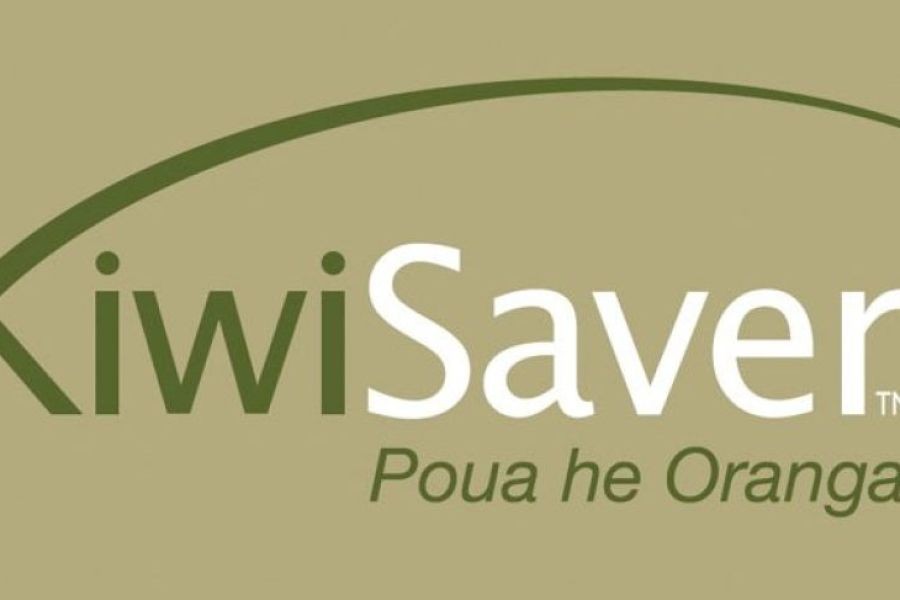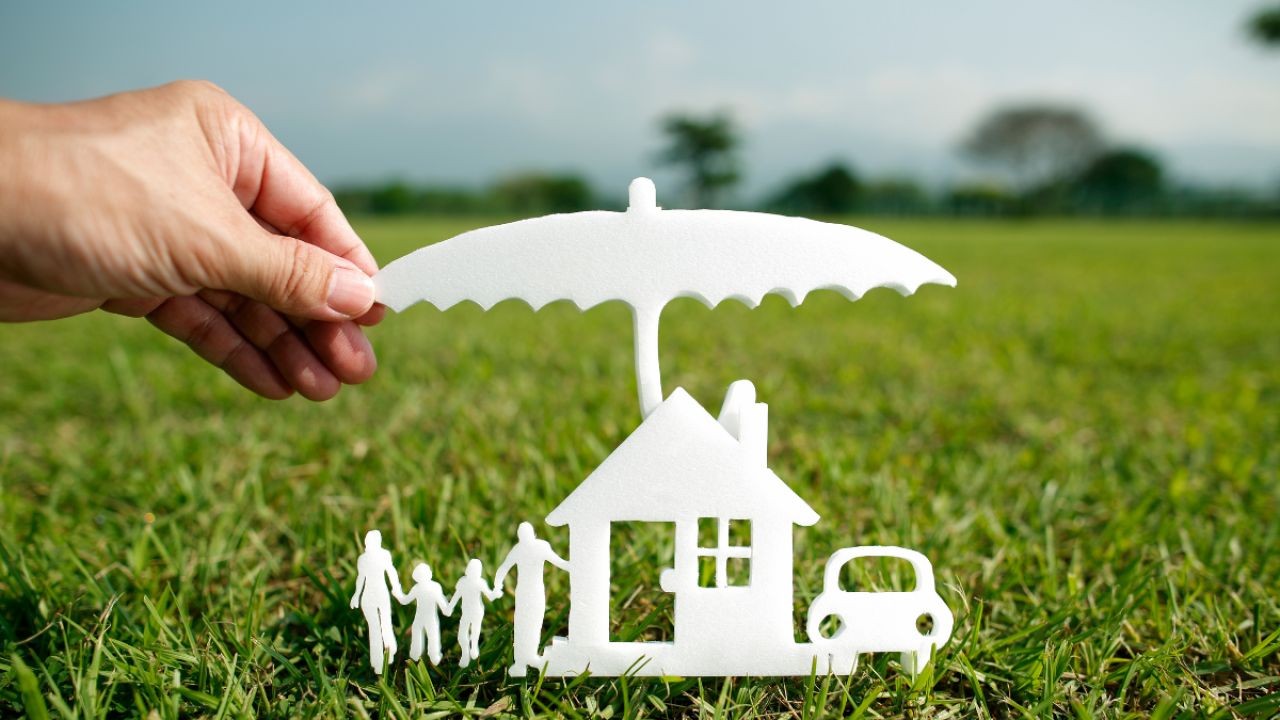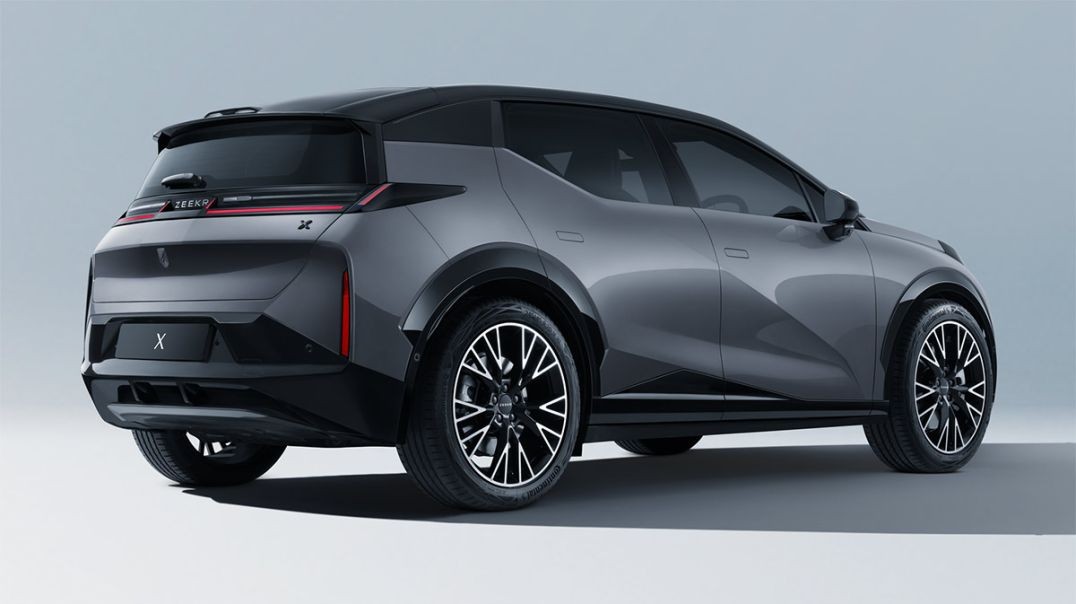The pursuit of sustainability is a growing trend worldwide, and Australians are no exception to this movement. Two popular lifestyle choices, plastic-free living and minimalist living, have emerged as potential solutions to environmental concerns. But which of these is truly more sustainable? This article delves into the nuances of each lifestyle, exploring their impacts, benefits, and drawbacks within the Australian context.
The Rise of Plastic-Free Living
Plastic-free living involves reducing or eliminating the use of plastic products, particularly single-use plastics, to minimize environmental impact. Australia has been proactive in this regard, with several states implementing bans on plastic bags and other single-use plastics. According to the Australian Bureau of Statistics, Australians used 3.4 million tonnes of plastic in 2020, and only 9% was recycled. This statistic underscores the need for a shift towards reducing plastic usage.
Benefits of Plastic-Free Living
- Environmental Impact: Reducing plastic waste decreases pollution in oceans and landfills, preserving marine life and ecosystems.
- Health Benefits: Eliminating plastic, especially in food packaging, reduces exposure to harmful chemicals like BPA.
- Community Initiatives: Many Australian communities have embraced plastic-free initiatives, fostering a sense of collective responsibility.
Drawbacks of Plastic-Free Living
- Accessibility: Plastic-free alternatives can be more expensive and less accessible, posing challenges for low-income households.
- Convenience: Single-use plastics offer convenience that many individuals are accustomed to, making the transition difficult.
The Minimalist Movement
Minimalist living, on the other hand, emphasizes reducing material possessions to focus on experiences and essential items. This lifestyle choice advocates for conscious consumption, often resulting in less waste and a lower carbon footprint.
Benefits of Minimalist Living
- Reduced Consumption: By focusing on essentials, minimalism inherently reduces waste and energy use.
- Financial Savings: Less emphasis on material goods can lead to significant cost savings, appealing during economic uncertainties.
- Mental Well-being: A decluttered environment can lead to reduced stress and improved mental health.
Drawbacks of Minimalist Living
- Initial Transition: The shift to minimalism can be overwhelming, as it requires a drastic change in mindset and habits.
- Social Pressure: Societal norms often equate success with material wealth, making minimalism a challenging choice for some.
Case Study: Australia's War on Waste
The ABC's "War on Waste" series has been instrumental in raising awareness about waste issues in Australia. The program highlighted the excessive waste generated from plastic and encouraged viewers to adopt more sustainable practices.
Problem:
Australia faced a significant challenge with waste management, particularly with plastic pollution affecting marine life and ecosystems.
Action:
The "War on Waste" campaign promoted practical solutions such as using reusable bags, supporting businesses with sustainable practices, and encouraging individual responsibility.
Result:
- Increased Awareness: The series led to a 20% increase in Australians participating in plastic-free movements.
- Policy Changes: Several states implemented stricter regulations on plastic use, inspired by the campaign's success.
Pros and Cons Analysis
Plastic-Free Living
Pros:
- Directly reduces plastic pollution and environmental impact.
- Improves public health by minimizing exposure to harmful chemicals.
- Encourages community engagement and collective action.
Cons:
- Higher costs and accessibility issues for sustainable alternatives.
- Less convenience compared to single-use plastics.
Minimalist Living
Pros:
- Decreases overall consumption and waste production.
- Promotes financial savings and mental well-being.
- Encourages thoughtful consumption and prioritization of experiences.
Cons:
- Requires a significant mindset and lifestyle change.
- May face social resistance due to prevailing consumer culture.
Future Trends in Sustainable Living
As Australians continue to seek sustainable lifestyles, the convergence of plastic-free and minimalist living may become more prevalent. Innovations in sustainable materials and practices are expected to offer more accessible and cost-effective solutions. According to a report by CSIRO, by 2030, 50% of Australia's packaging will be made from recycled or renewable materials, paving the way for more sustainable consumption habits.
Common Myths & Mistakes
- Myth: "Plastic-free living is too expensive." Reality: While some alternatives may be costly, bulk purchases and reusable items can lead to long-term savings.
- Myth: "Minimalism means living with nothing." Reality: Minimalism focuses on living with what is necessary and valuable, not deprivation.
- Myth: "Sustainable living requires a complete lifestyle overhaul." Reality: Small, incremental changes can significantly impact sustainability.
Conclusion
Both plastic-free and minimalist living offer valuable pathways to sustainability, with unique benefits and challenges. The choice between the two depends on individual values, lifestyle, and circumstances. As Australia continues to address environmental issues, integrating elements from both lifestyles can lead to meaningful and lasting change.
People Also Ask (FAQ)
- How does minimalist living impact the environment in Australia? Minimalist living reduces consumption and waste, leading to a lower carbon footprint. This lifestyle aligns with Australia's sustainability goals.
- What are the biggest misconceptions about plastic-free living? A common myth is that it is too expensive, but long-term savings can be achieved through reusable products.
- What upcoming changes in Australia could affect sustainable living? By 2026, policy updates on waste management could enhance sustainable practices, making them more accessible.
Related Search Queries
- Plastic-free living benefits
- Minimalist lifestyle sustainability
- Environmental impact of plastic-free initiatives in Australia
- Minimalism and mental health benefits
- Sustainable living tips for Australians
- Plastic-free alternatives in Australia
- How to start living a minimalist lifestyle
- Impact of minimalist living on the environment
- Plastic waste management in Australia
- Future trends in sustainable living































EstelaBilo
8 months ago